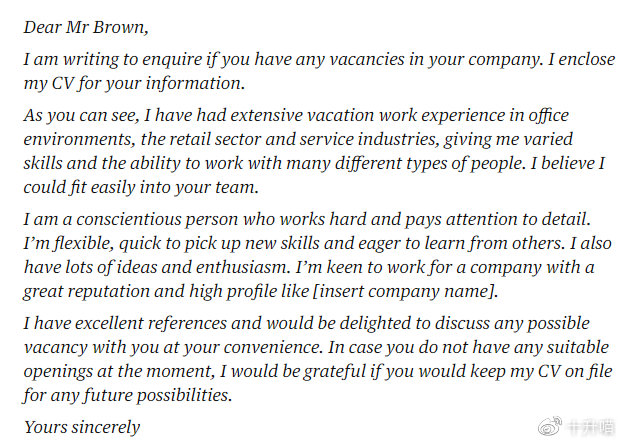C5.3 CV and Cover Letter¶
Keep the CV to one page
Firstly, the CV should ideally be no longer than one page, covering all the key information you want to summarize. You can adjust the page margins in Word to maximize the usable space.
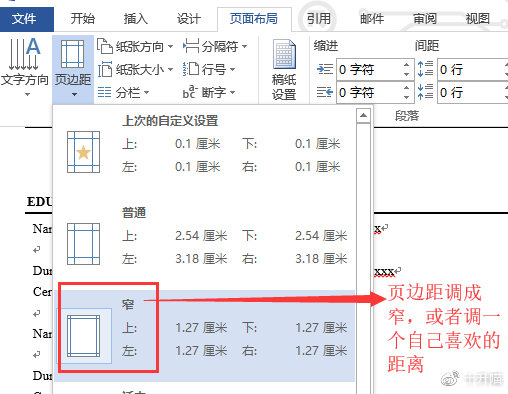
The CV content includes 5 sections
Personal Information
Educational Background
Work Experience
Achievements & Honours
Skills
References
Full Name
Address
Phone Number
Email Address
Full University Name
Major Name
Study Period
Qualification Level
Relevant Modules (Optional)
Full University Name: For the University of Cambridge in the UK, write "University of Cambridge" in full. Preferably use the exact name as shown on your diploma.
Major Name: For Human Resources, write "Human Resource Management" (avoid abbreviations like "HR"; use the full term).
Study Period: 2019.09 - 2020.09. Generally, only include the year and month. You will usually know your course completion date when enrolling. Note that the graduation ceremony date differs from the course completion date. The graduation ceremony takes place after you finish all courses, pass all dissertations and exams, and you can receive your diploma in person, by post, or via a proxy—attendance is not mandatory. Most UK universities hold graduation ceremonies around 2 months after course completion, except for a few that arrange ceremonies and photoshoots in advance. The course completion date is your official end date of study, so this is the date to include.
Qualification Level: Specify the exact qualification, e.g., Bachelor of Arts (BA), Bachelor of Science (BSc), Master of Arts (MA), Master of Science (MSc).
Relevant Modules: List the specific modules you studied. For example, a Business Administration major may include Accounting, Finance, Human Resource Management, Marketing, and Leadership. This section is optional as your major name already indicates the general field of study.
Full Name of Employer/Organization
Job Title
Employment Period
Key Responsibilities & Achievements
Full Name of Employer/Organization: Write the full name of your workplace. For self-employed roles (e.g., content creation without a registered company), create a name (e.g., "XX Beauty" if you are a beauty blogger on YouTube).
Job Title: e.g., Manager, Intern, Sales Representative, Teacher, Engineer, Doctor.
Employment Period: 2019.09 - 2020.09. Include the start and end year/month (no specific day needed).
Key Responsibilities & Achievements: Focus on your duties and what you learned—especially skills and experience gained. Use specific numbers where possible, e.g., "Led a team of 10, achieved $100,000 in sales, and ranked first in the sales team" or "Gained 1 million followers in one month as a fashion blogger and drove millions in clothing sales."
Avoid abbreviations in your CV.
Do not include a photo.
Gender is not required.
Keep the CV concise—avoid decorations or unnecessary formatting.
Write the CV in English (not your native language).
Use black text (avoid colored fonts).
Academic grades are optional. However, if you have exceptional results (e.g., a First-Class Honours bachelor’s or a Distinction master’s), include them in the Educational Background section or Cover Letter. For Chinese grades, explain their equivalent in the UK system or convert them to GPA using Scholaro’s free tool (a US-based company offering international credential evaluation and translation services): https://www.scholaro.com/gpa-calculator/
Visit the above website.
Select "China" as the country.
Enter your modules, credits, and grades
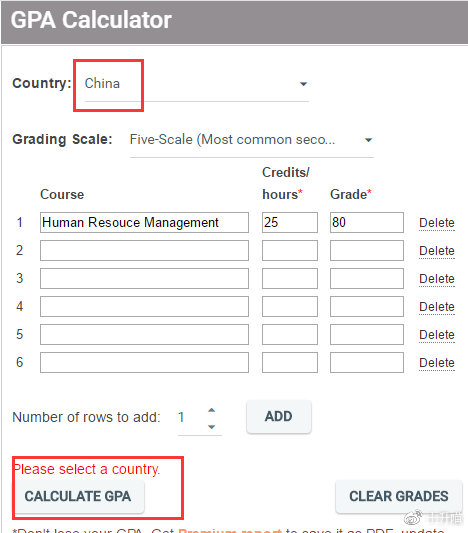
Next, click the "Calculate GPA" button in the image above, and the GPA result will appear on the right, as shown in the figure below:

Here, the US Grade B corresponds to your GPA score, with detailed explanations available at the bottom of the website:

Here are several CV examples as shown in the figures below:
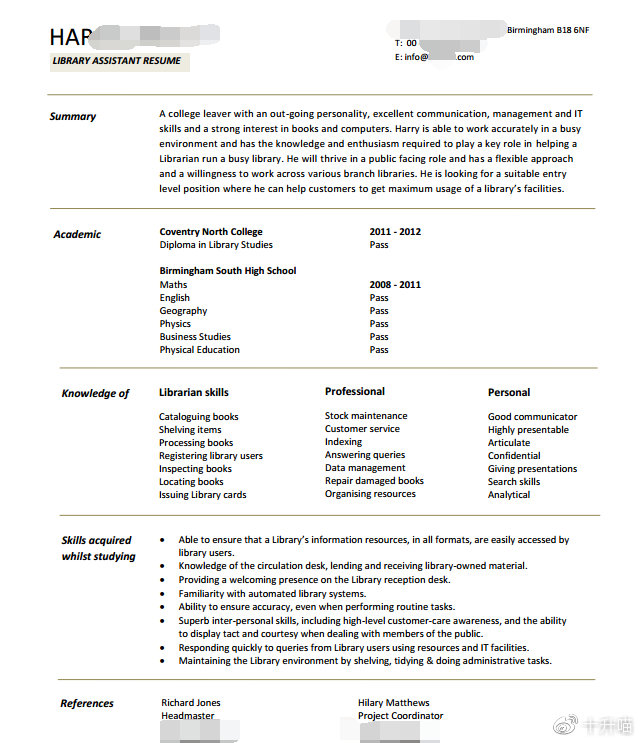

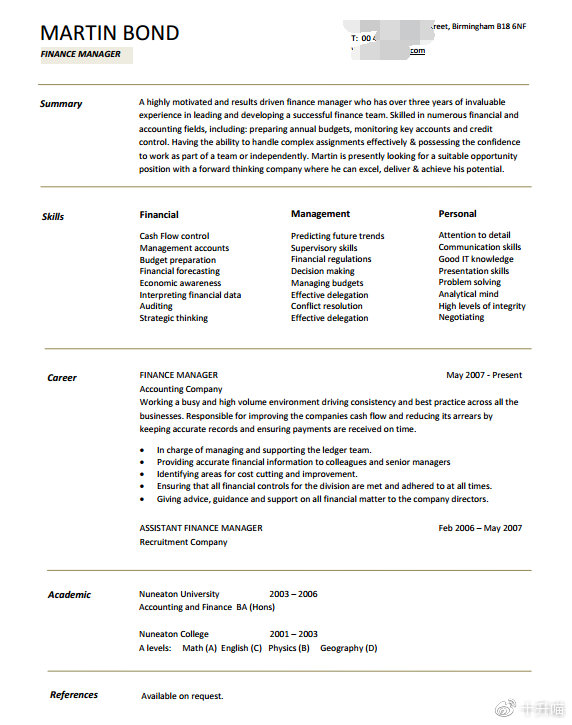
- First section: Greet the recipient, then introduce yourself (differently from the personal information in your CV). State who you are, the position you are applying for, where you found the job posting, and whether you are applying independently or through a referral (including the referrer’s name and job title if applicable).
- Second section: Detail your understanding of the company and the role. Analyze the position, its place within the company, and your expectations for its future development. Then, combine your educational background and work experience to explain how you specifically meet the job requirements outlined in the posting. For example, if applying for a sales role, you could mention that your major is relevant, specify which academic knowledge supports selling the company’s products, and share past experiences (e.g., internships or personal projects) where you sold a certain volume of products, overcame challenges, and led a team to achieve top sales performance.
- Third section: Explain why you are interested in the position and the company. Summarize your ability to 胜任 the role, plus additional valuable skills (e.g., learning agility, teamwork, communication skills) that align with the company’s culture, vision, or values.
- Closing: Connect the preceding points to emphasize your fit for the position and express your hope for an opportunity. After the main body, leave a blank line and sign off with "Yours sincerely," followed by your full name.
